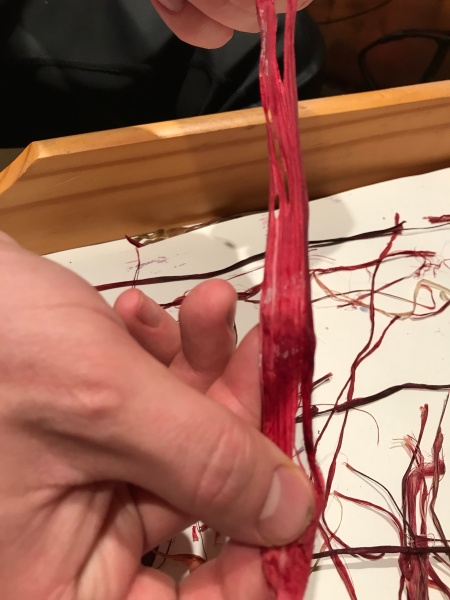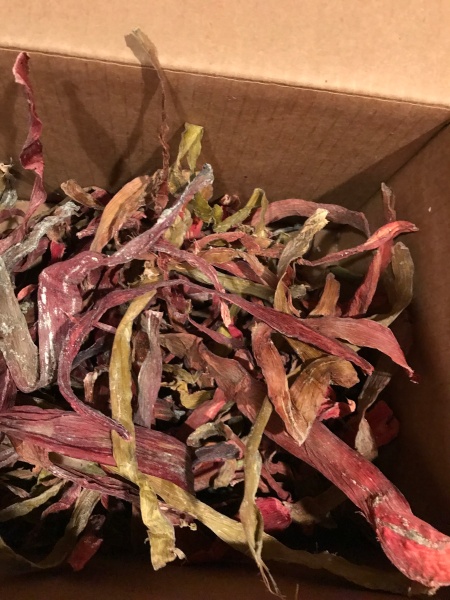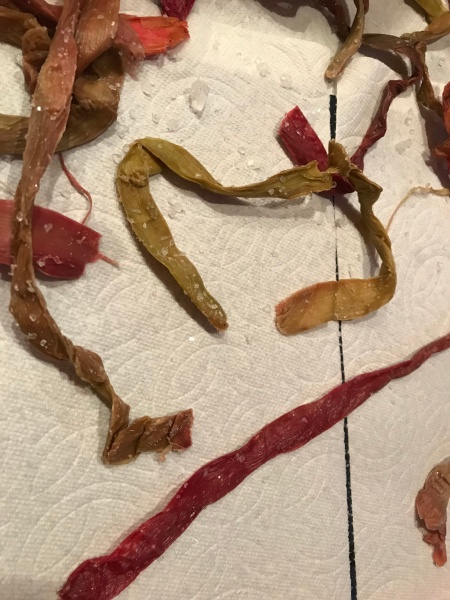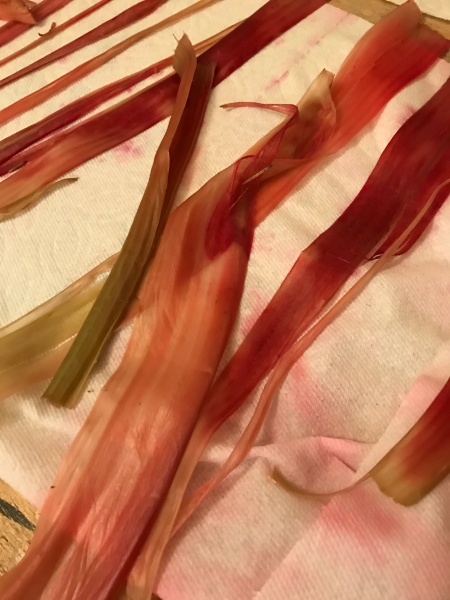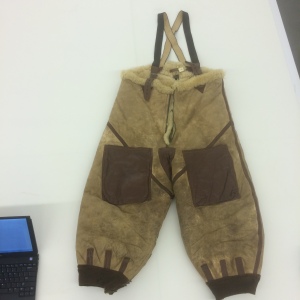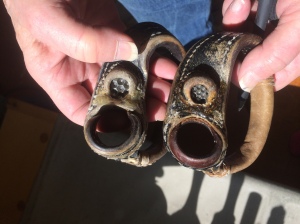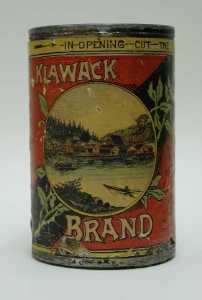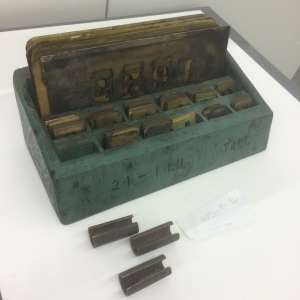INTRODUCTION to the Chilkat Dye Project

Detail of Chilkat robe, showing face and four main colors: black, white, yellow and blue. Alaska State Museum collection II-B-1744
Are you a Chilkat weaver at any level of experience? Or have you studied these robes and want to share with weavers? Do you know things about natural dye technology that might help us? Please connect with us… the Chilkat Dye Working Group is exploring many facets of Chilkat weaving beyond the technical aspects of the grant…
A five-year $1 million grant from the Andrew W. Mellon Foundation has established the Pacific Northwest Conservation Science Consortium. The consortium is headquartered in the chemistry lab of Dr. Tami Lasseter Clare at Portland State University and includes five institutions:
- Portland Art Museum (Samantha Springer, Jeannie Kenmotsu, Donald Urquhart, Kristin Bayans)
- Seattle Art Museum (Nicholas Dorman, Geneva Griswold)
- Alaska State Museum (Ellen Carrlee, Liana Wallace)
- Jordan Schnitzer Museum of Art at U. of Oregon (Anne Rose Kitagawa, Chris White)
- University of Washington Libraries (Justin Johnson, Stephanie Lamson)
The initial meeting of consortium members was August 16-17, 2018 in Portland. Among the projects proposed, Ellen Carrlee and Liana Wallace at the Alaska State Museum initiated a Chilkat Dye Project for analysis and identification of the dyes used on particular historic Northwest Coast Native Chilkat robes. Ethnographic sources and contemporary weavers describe some of the natural dyes used in the past, but there are few studies linking known robes to specific dyes. Research on organic dyes is beyond the scientific capacity of most museums. A working group of Chilkat weavers and museum staff meet monthly at the Alaska State Museum to share data and ideas.
PHASE ONE
- Begin monthly meetings of Chilkat Dye Working Group
- Inventory of the known historic and contemporary dyes typically used (ie hemlock bark, wolf moss etc) through oral history and literature review
- Procuring samples for baseline analysis and sending to Portland
- Development of a reference database for Chilkat dyes
- Discuss project with consortium
PHASE TWO
- Send samples from old robes to Portland for analysis and identification
- Look for patterns to help interpret makers, locations, and dates for robes
- Connect research to Regalia exhibit at Alaska State Museum, summer 2020
- Consortium to meet in Juneau, summer 2020. Celebration? Public program?
PHASE THREE
- Share knowledge, ie Clan Conference, Celebration, public programs, social media
- Develop educational materials to enhance science, technology, engineering, art and mathematics (STEAM) education.
- Publication of articles for various audiences
Contact: Ellen Carrlee ellen.carrlee@alaska.gov

Detail from Chilkat Robe in the Alaska State Museum, II-B-1744, showing what is sometimes called “salmon trout head” in the traditional Chilkat weaving colors of white, black, yellow, and blue.



 Posted by ellencarrlee
Posted by ellencarrlee 
